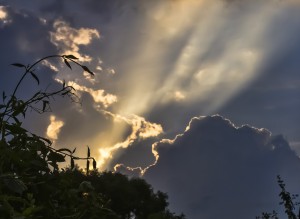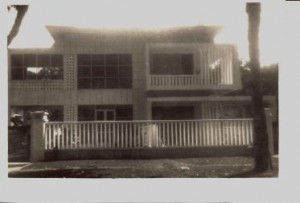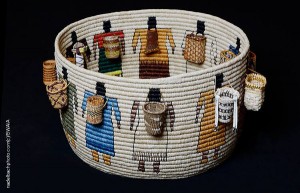
This may be the most moving piece of art I’ve seen in many many months. When it came across my FB feed today (via Indian Country), I caught my breath. I grew up in “Indian Country,” which is what too many of the wrong people call Oklahoma. Friends, boyfriends, and family were Indian. We didn’t have the term ‘Native American’ all those years ago, and many of my friends & colleagues still eschew it. Indian is what they are, they will tell you — if they don’t insist (& rightfully so) on tribal affiliation.
Oklahoma has the second highest percentage of Native Americans, right after Alaska: 12.9 %. We have a large number of varied tribes, as well as NA languages still spoken. Several tribes have their capitols in OK, the result of massive relocation efforts by the US government at various times (Choctaw, Cherokee, Seminole, Muscogee (Creek), & Chickasaw, to cite the most familiar). Here in Oklahoma, we know both the many beautiful, powerful elements of Indian histories, and the profoundly tragic.
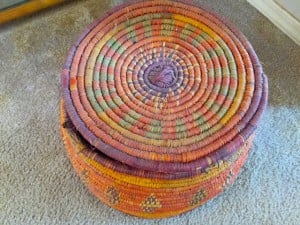
So this basket resonated on many levels for me: as a mother, as an Oklahoman, as a social activist, and as someone who has always thought basketry one of the highest arts. I’m the person who traded her stuff in Kenya for baskets — beautiful hand-made Kikuyu & Samburu baskets that still have places of reverence in our home. I’ll get rid of a lot of stuff, but not my baskets. They are art — the art of nameless women making beauty out of everyday need. So the art of Carol Emarthle-Douglas’ prize-winning basket awes me.
But I’m also drawn in as a mother, daughter, grand- and great-granddaughter. My old women remain such significant vectors in my life, even decades after their loss. Basket-weaving is, generally, women’s work. This one honours not only that quotidian artistry, but also the ways in which our mothers, grandmothers, aunts & wise women & elders hand down our stories, our histories. The way my grandmothers told me stories of wagons, and journeys, and their youth. The way my great-aunts made their childhoods come alive. And the stories with darker threads: the loss of the blood-knowledge of healing, the uncle not to be trusted, the husbands who left them left them. The planting by the moon, the looking to nature for healing and help, the calling to birds and animals. These are woven as surely into the small baskets the women in Carol Emarthle-Douglas’ art carry as they are into my own small life.
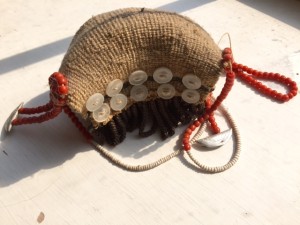
Beginner’s hearts are fed on stories, like the ones the women carry in their many varied baskets, each one honouring a different tribe, a different history. I have watched friends & colleagues grieve as the last native speaker of their tribe passed from teaching, and I know that some of these baskets are bereft of language. But they are never empty of stories. And it’s that certainty that makes this art so deeply moving: each of these baskets holds more than ‘simple’ history: it holds the cultures of a hundred thousand thousand men, women, & children. Each holds losses, dreams, legacies. All in simple baskets, carried on a woman’s back.
